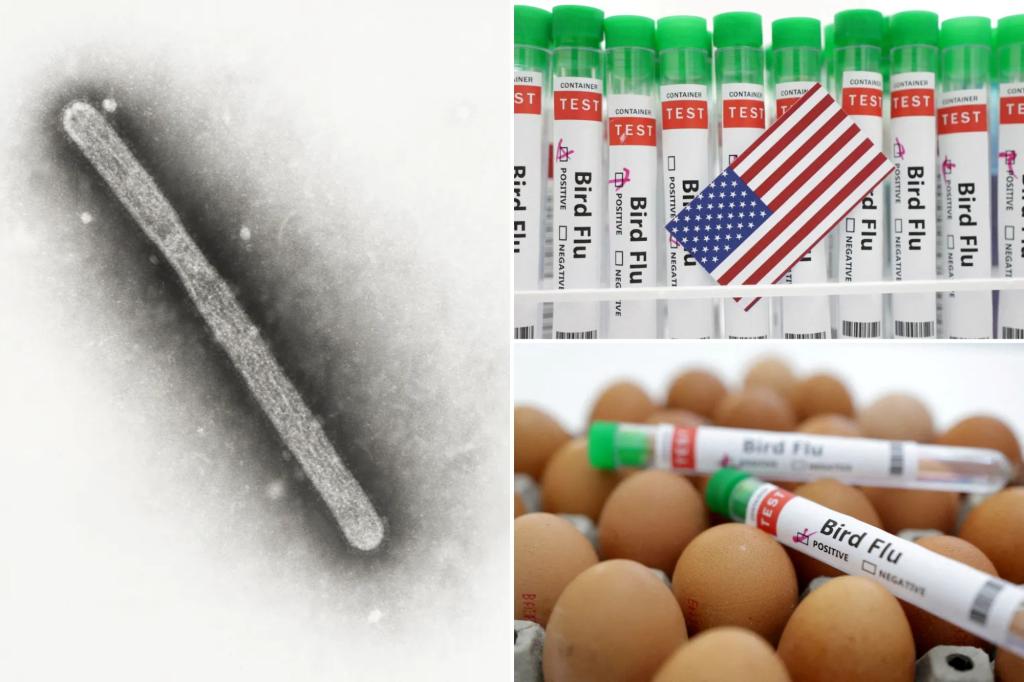The United States and Europe are making efforts to acquire or produce H5N1 bird flu vaccines to protect those at risk of exposure to the virus. U.S. officials are transferring bulk vaccine from CSL Seqirus into finished shots to provide doses of vaccine, while European health officials are in talks to acquire CSL’s prepandemic vaccine. Canadian health officials have also met with GSK to discuss acquiring and manufacturing a prepandemic bird flu vaccine once seasonal flu production capacity is available. Other countries, such as the UK, are also discussing plans regarding prepandemic vaccines.
The spread of a new strain of bird flu that emerged in 2020 has led to unprecedented numbers of deaths among wild birds and domestic poultry, and has begun infecting various mammal species. In the United States, the virus has caused outbreaks in dairy cattle, resulting in infections in numerous herds and workers. The U.S. Food and Drug Administration estimates that a significant portion of the milk supply is showing signs of the virus, indicating a broader spread is likely, which could increase the risk of mutations that enable easy human-to-human transmission.
Efforts to prevent widespread human infections are crucial as human exposure to the virus in poultry and dairy operations could lead to mutations that make the virus more transmissible among people. Discussions are ongoing with U.S. and Canadian officials about utilizing vaccines to protect workers from the virus following its spread to new mammal species. The U.S. government is considering vaccinating farm workers and individuals in close contact with the virus as a preventive measure.
The United States has contracts with CSL and GSK to test prepandemic vaccines that more closely match the circulating virus. The government is evaluating the possibility of using the CSL vaccine to protect at-risk individuals. Discussions about the use of prepandemic vaccines are taking place at government levels and among scientists in various countries, including the UK. Vaccine deployment to dairy farmers, healthcare workers, and those in close contact with infected animals could help contain the virus, but the necessity of this step is still being evaluated.
In Europe, the European Commission’s Health Emergency Preparedness and Response Authority is working on a joint procurement of CSL Seqirus’s vaccine to potentially prevent a pandemic caused by individuals exposed to infected birds and animals. CSL has contracts for pandemic influenza vaccines with multiple governments and has been in talks with several governments since 2022. The U.S. maintains a stockpile of prepandemic vaccine candidates against various influenza strains and conducts clinical trials to support an Emergency Use Authorization in the event of a pandemic.
Seasonal flu vaccine manufacturers may be asked to shift to producing pandemic flu vaccines, and discussions are underway with mRNA vaccine makers such as Pfizer and Moderna about potential pandemic vaccines. Virologists and experts emphasize the need for evidence of increased transmission, disease severity, cases in individuals with no link to a dairy farm, and mutations in the virus to determine the timing and method of vaccine use. The decision to use vaccines will depend on a variety of factors, including the risk of zoonotic transmission and the potential for a pandemic.













